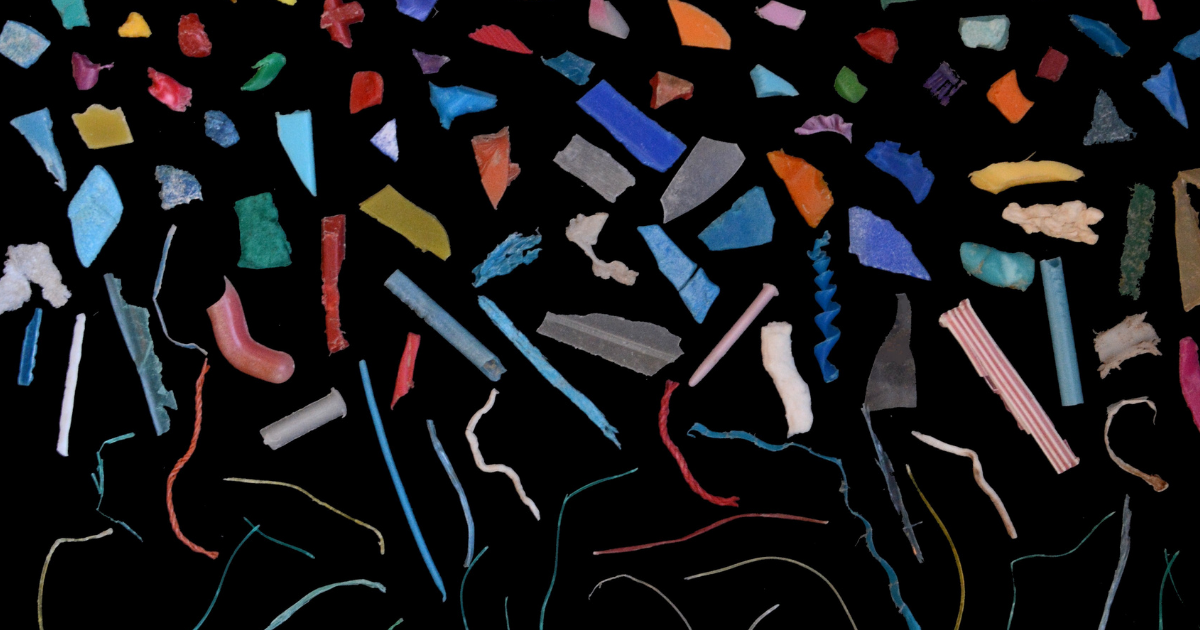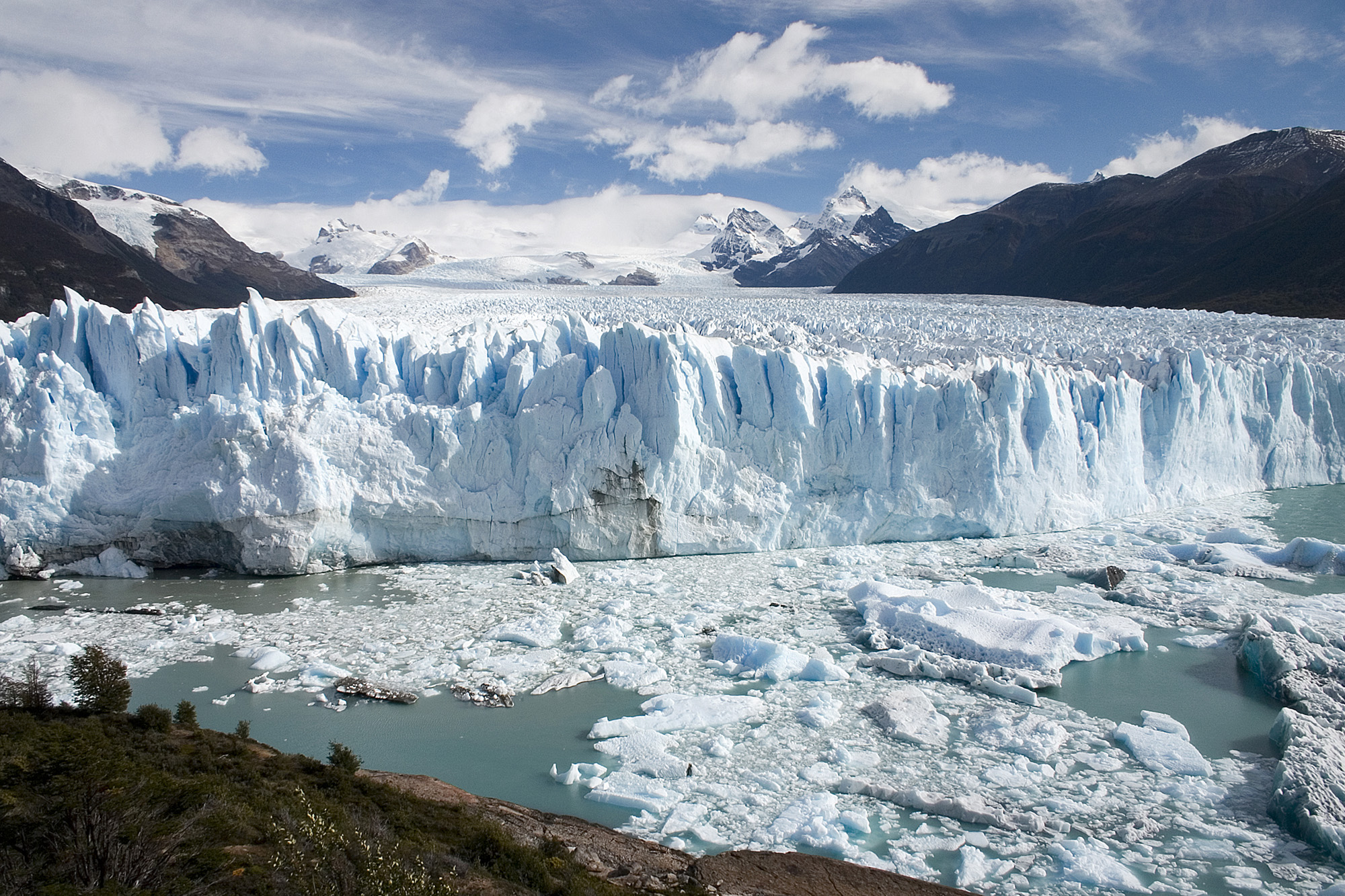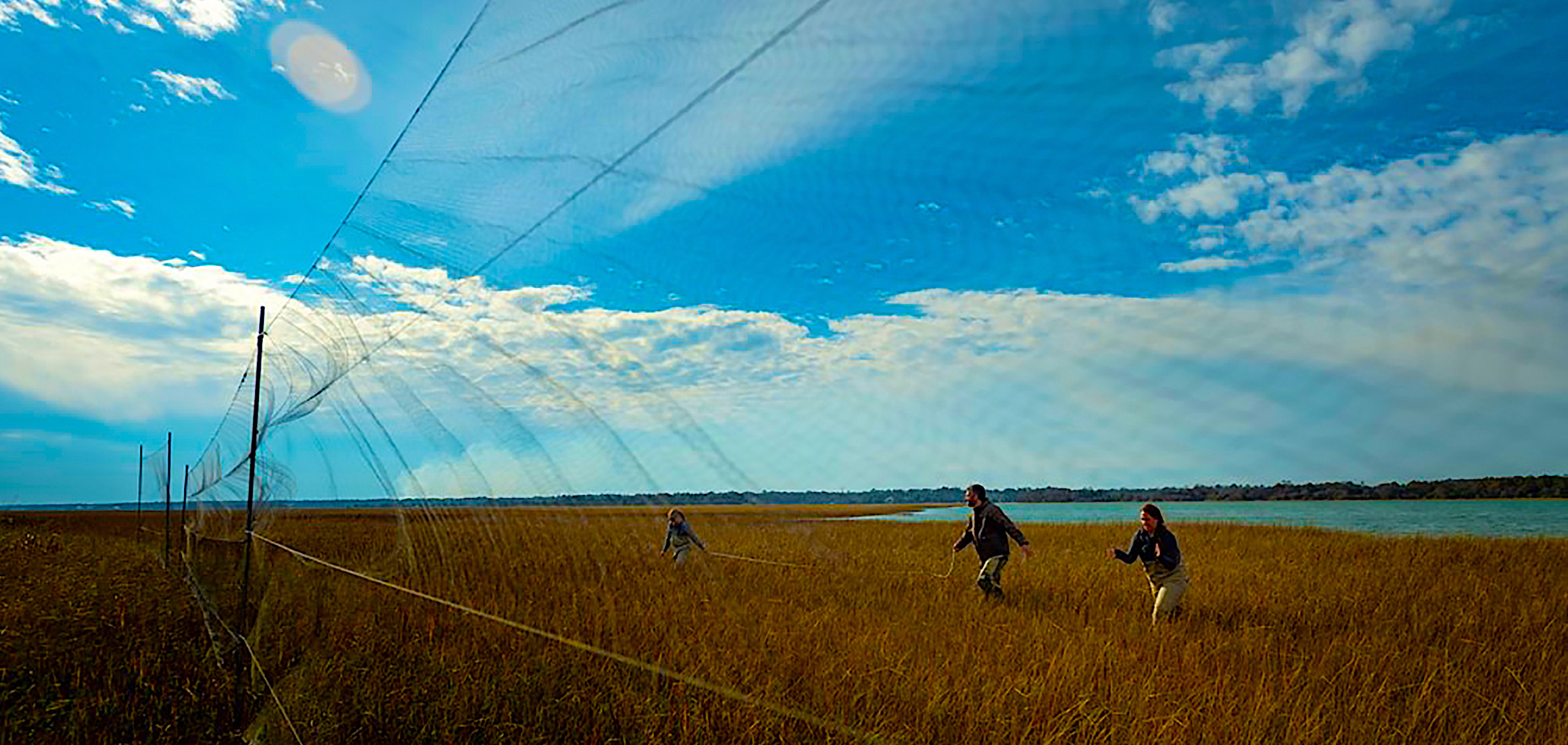Coastal Tidings
News and Research Nuggets
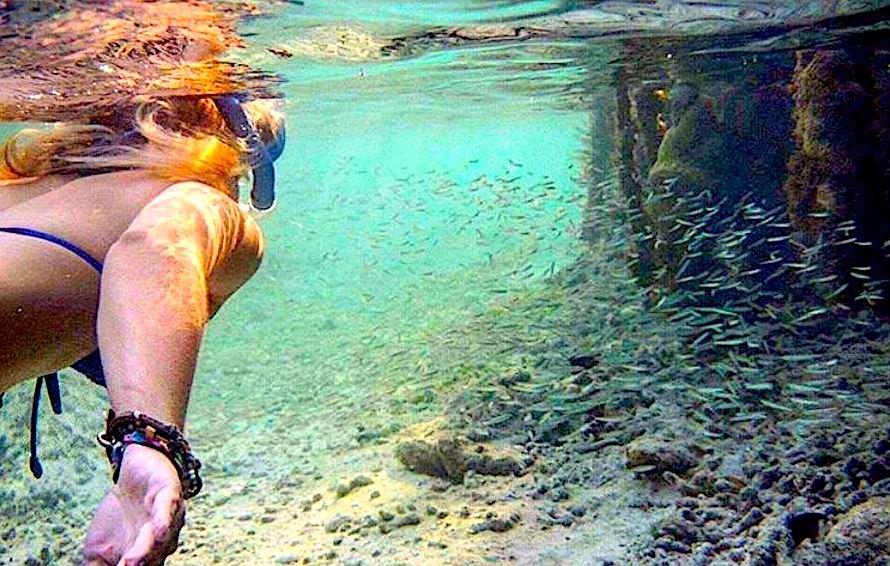
Four New Knauss Fellows Include NC State and Duke Students
NOAA and the National Sea Grant Office have announced the finalists for the 2021 class of the Sea Grant John A. Knauss Marine Policy Fellowship program. The 74 finalists include four graduate students from North Carolina: Jashira Torres Pabón, Kayelyn Simmons, Joseph Fader, and Cameron Adams.

“We value diversity, equity, and inclusion in our organization and the communities we serve,” says Susan White, executive director for North Carolina Sea Grant. “Through the Sea Grant Knauss Marine Policy Fellowship, we strive to provide an educational and employment opportunity for current and recent graduate students of all backgrounds, abilities, and perspectives.”
The highly competitive fellowship is a year-long program for graduate students interested in national policy issues affecting ocean, coastal, and Great Lakes resources. Since 1979, over 1,400 fellows have completed the program, becoming leaders in science, policy, and public administration.
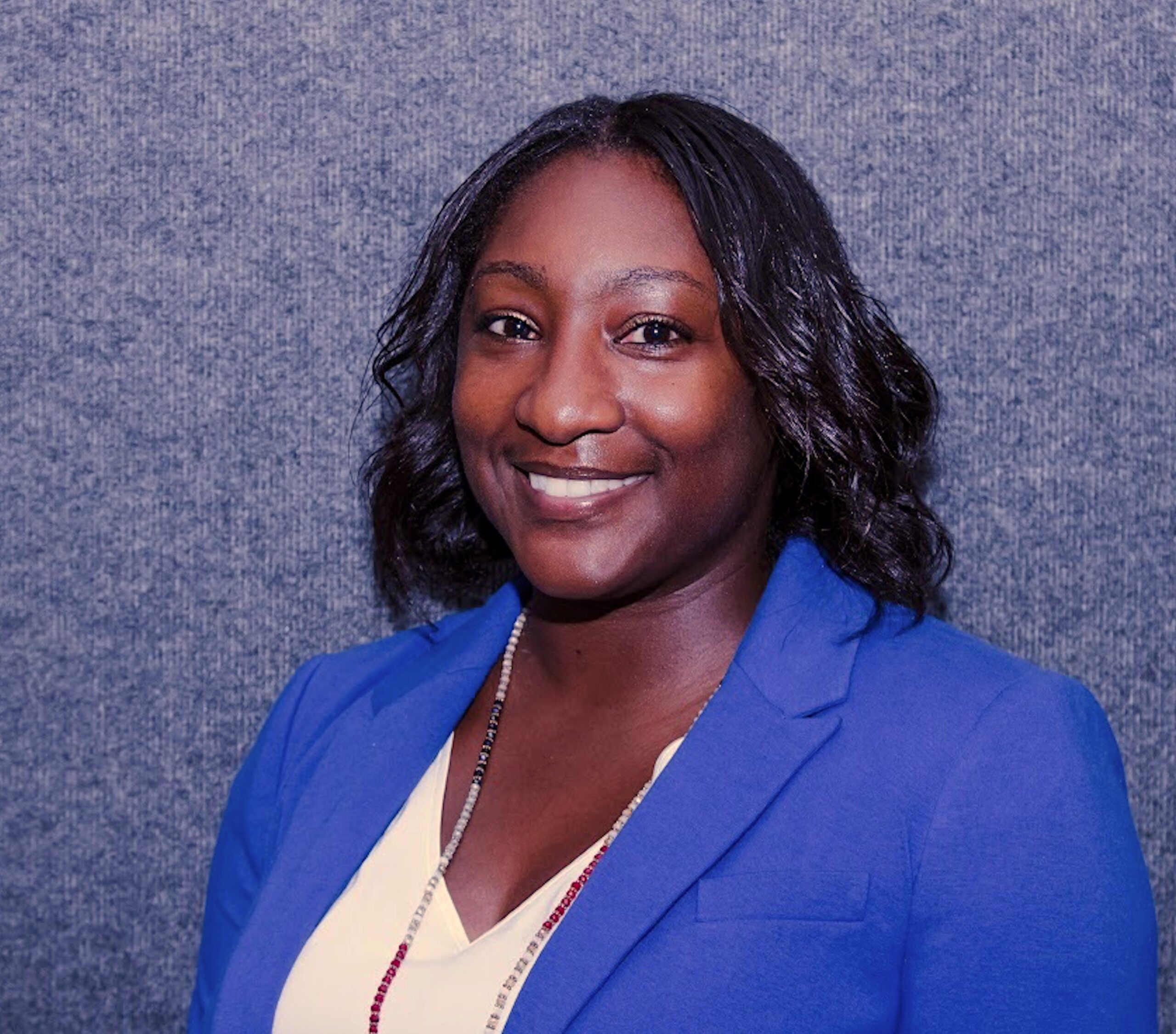
The new finalists join more than 80 from North Carolina who have served during the four-decade history of the Knauss Fellowship. North Carolina State University and Duke University each have provided the educational training ground for two finalists this year.
Jashira Torres Pabón earned her master’s degree in marine policy and administration at NC State. Through summer internships with the National Fish and Wildlife Foundation, she has worked on policy and regulatory aspects of the recreational red snapper fishery for her thesis project. She also is an economics research assistant with North Carolina Sea Grant.
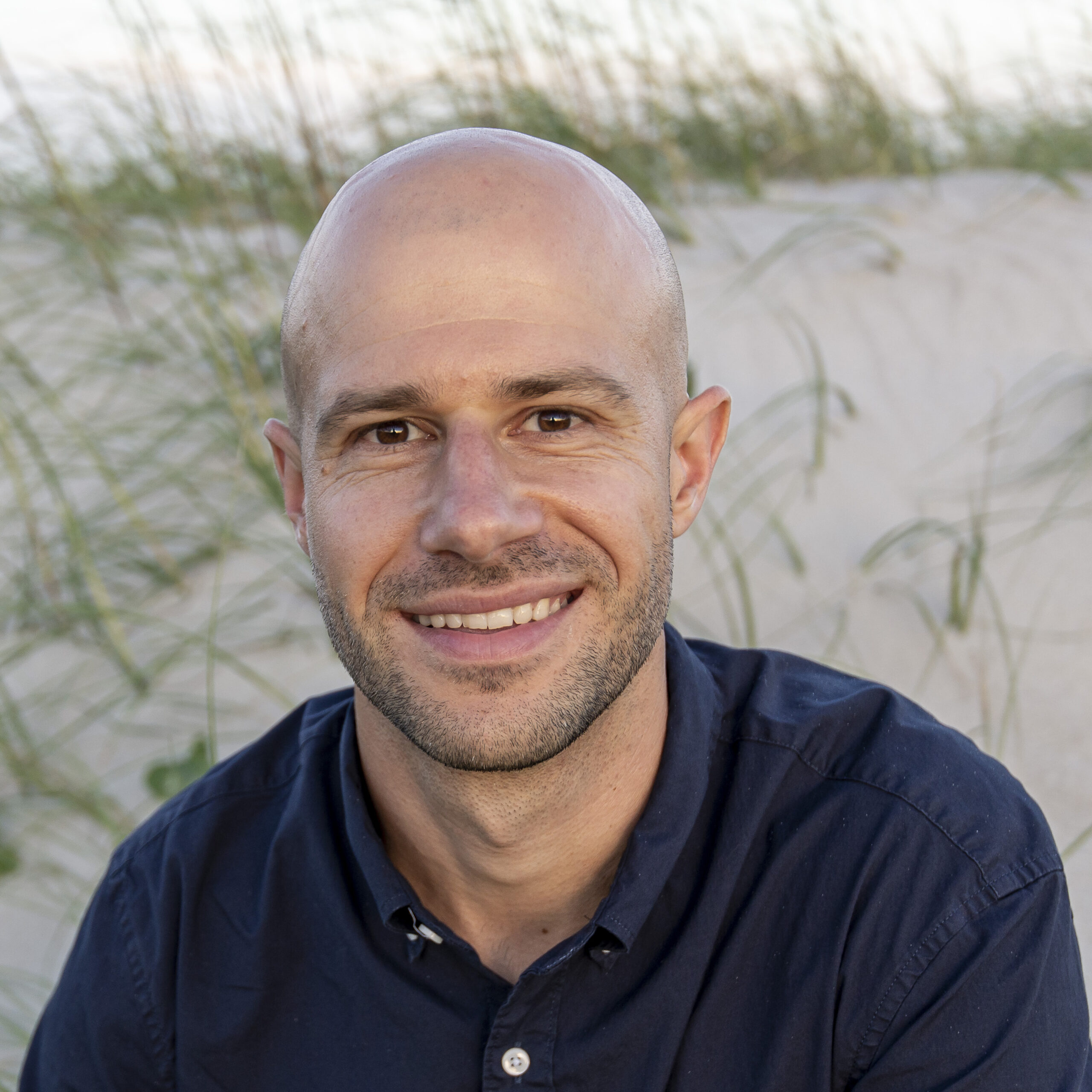
Kayelyn Simmons is a Ph.D. candidate in marine science at NC State and holds a master’s degree in marine biology from Nova Southeastern University. Her doctoral research uses emerging soundscape tools, along with more conventional approaches, to better assess spatial patterns in reef ecosystems.
Joseph Fader’s research as a Ph.D. candidate in Duke University’s Nicholas School of the Environment explores the interaction between marine mammals and the long-line fishery and incorporates an economic analysis.
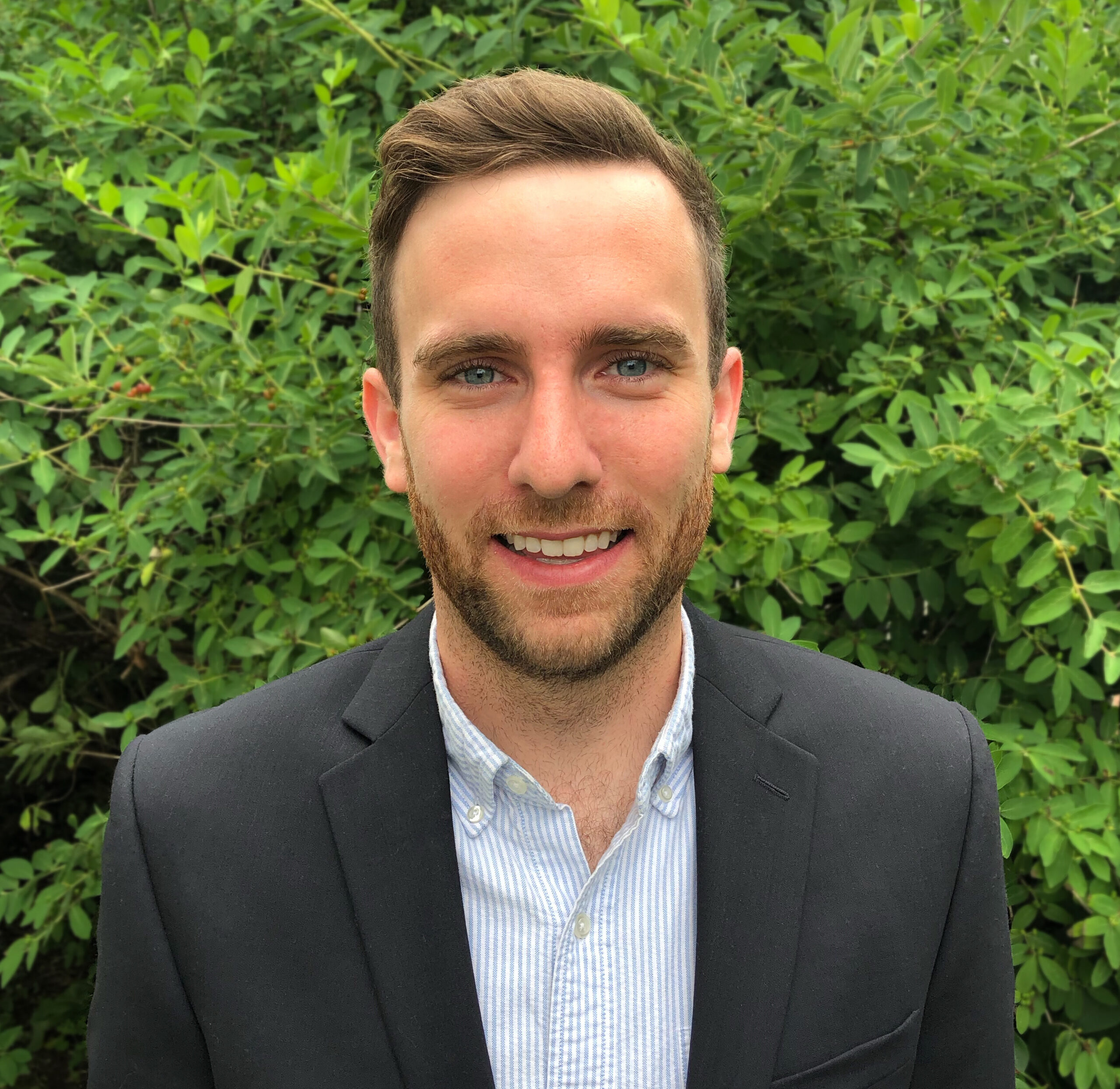
For his master’s project, Cameron Adams, also from the Nicholas School of the Environment at Duke, used the latest satellite data and new drone techniques to help landowners track the retreat of their shorelines and coastal habitats.
North Carolina Sea Grant already is accepting applications from North Carolina graduate students for the next class of Knauss Fellows. The deadline to apply is February 19, 2021, at 5 p.m.
apply for a 2022 Knauss Fellowship
— Allison Fisk
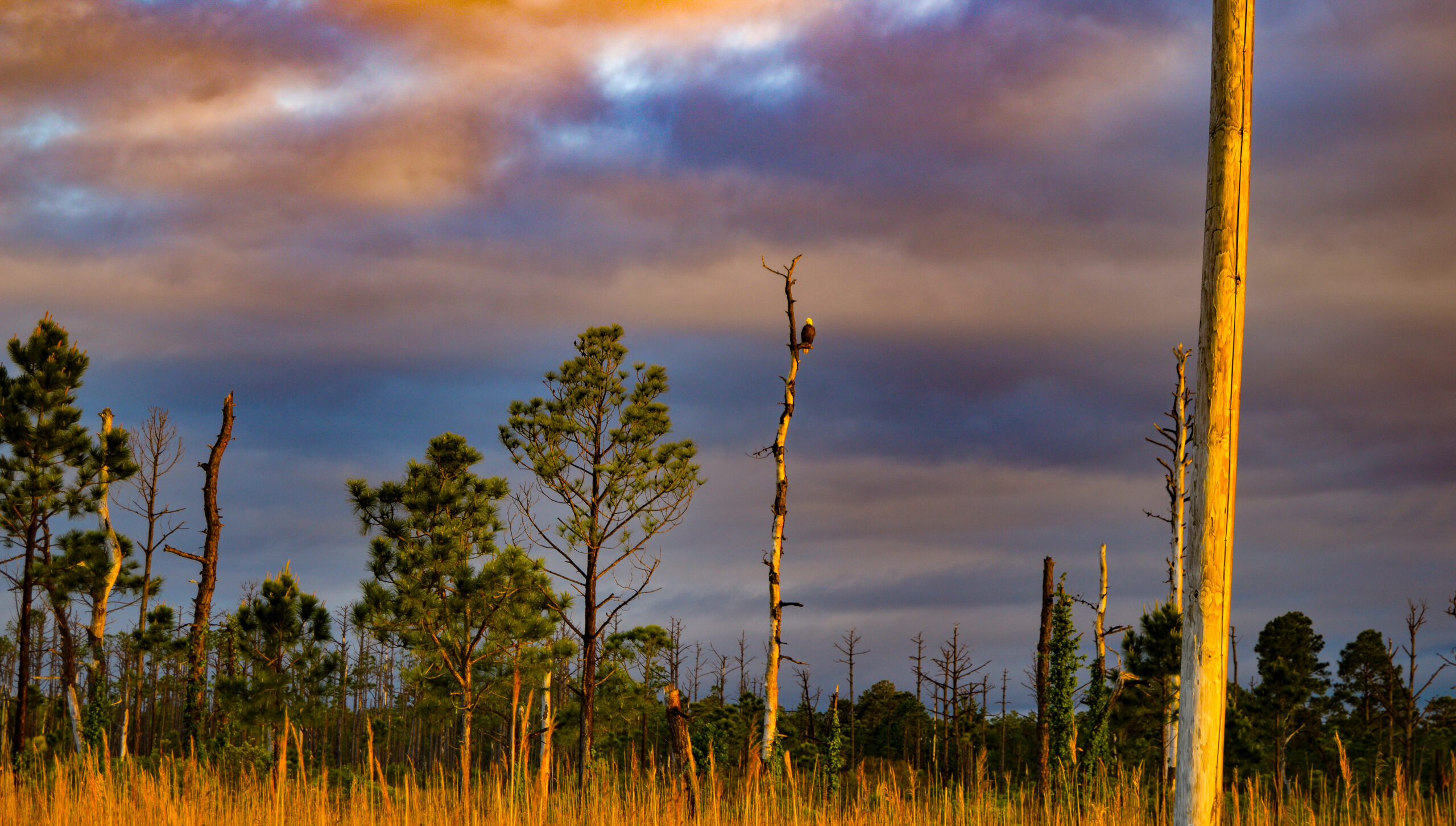
Do Ghost Forests Contribute to Climate Change?
North Carolina Sea Grant and N.C. Space Grant supported a new study that has determined the spread of ghost forests across coastal North Carolina may have implications for global warming.
Ghost forests result from rising seas, which slowly kill off freshwater-dependent trees. Using models created from data on vegetation height and type, the study found 130,000 metric tons of carbon were lost from the spread of ghost forests on unmanaged or natural land on the Albemarle-Pamlico Peninsula.
As ghost forests spread between 2001 and 2014, the terrain released carbon equivalent to annual emissions from 102,900 passenger vehicles, according to the U.S. Environmental Protection Agency’s Greenhouse Gas Equivalencies Calculator.
“Our paper helps to identify areas that are most vulnerable to the impact of sea level rise and extreme weather events,” says lead author Lindsey Smart, a research associate at the North Carolina State University Center for Geospatial Analytics and former North Carolina Sea Grant — Space Grant joint fellow. “This could help guide land-management decisions and help people think about ways to adapt to these changing environmental conditions.”
NC State’s College of Natural Resources also supported this research.
— Laura Oleniacz & Allison Fisk
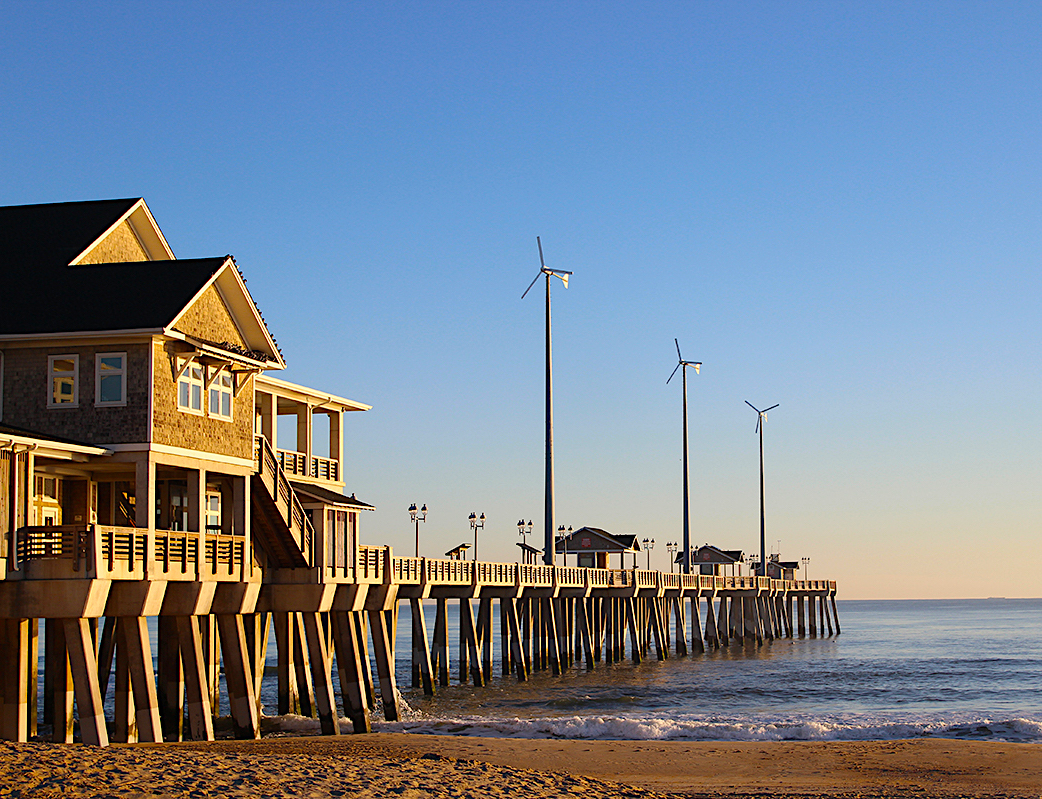
Hook, Line & Science Goes to Jennette’s Pier
As the fall fishing season got underway, Jennette’s Pier in Nags Head began offering visitors a new opportunity to learn about coastal fisheries through Hook, Line & Science, North Carolina Sea Grant’s popular blog series.
The pier, part of the North Carolina Aquariums, features three videos that highlight some of the blog’s most popular marine topics:
- Do Fish Shrink After They Die?
- Do You Eat Seafood Three or More Times a Week?
- What Does the Invasive Lionfish Eat?
“It is a natural partnership to share the Sea Grant science outreach with our audiences,” says Mike Remige, director of Jennette’s Pier and a member of the North Carolina Sea Grant Advisory Board. In typical years, the pier draws about 300,000 visitors of all ages to view educational exhibits.
Sara Mirabilio and Scott Baker, fisheries specialists at North Carolina Sea Grant, developed Hook, Line & Science. “One of our main goals with the blog is to educate anglers about scientific research that relates to fishing,” says Baker.
“We focus on themes that, according to a previous survey we conducted, are of highest interest to North Carolina saltwater anglers,” Mirabilio adds.
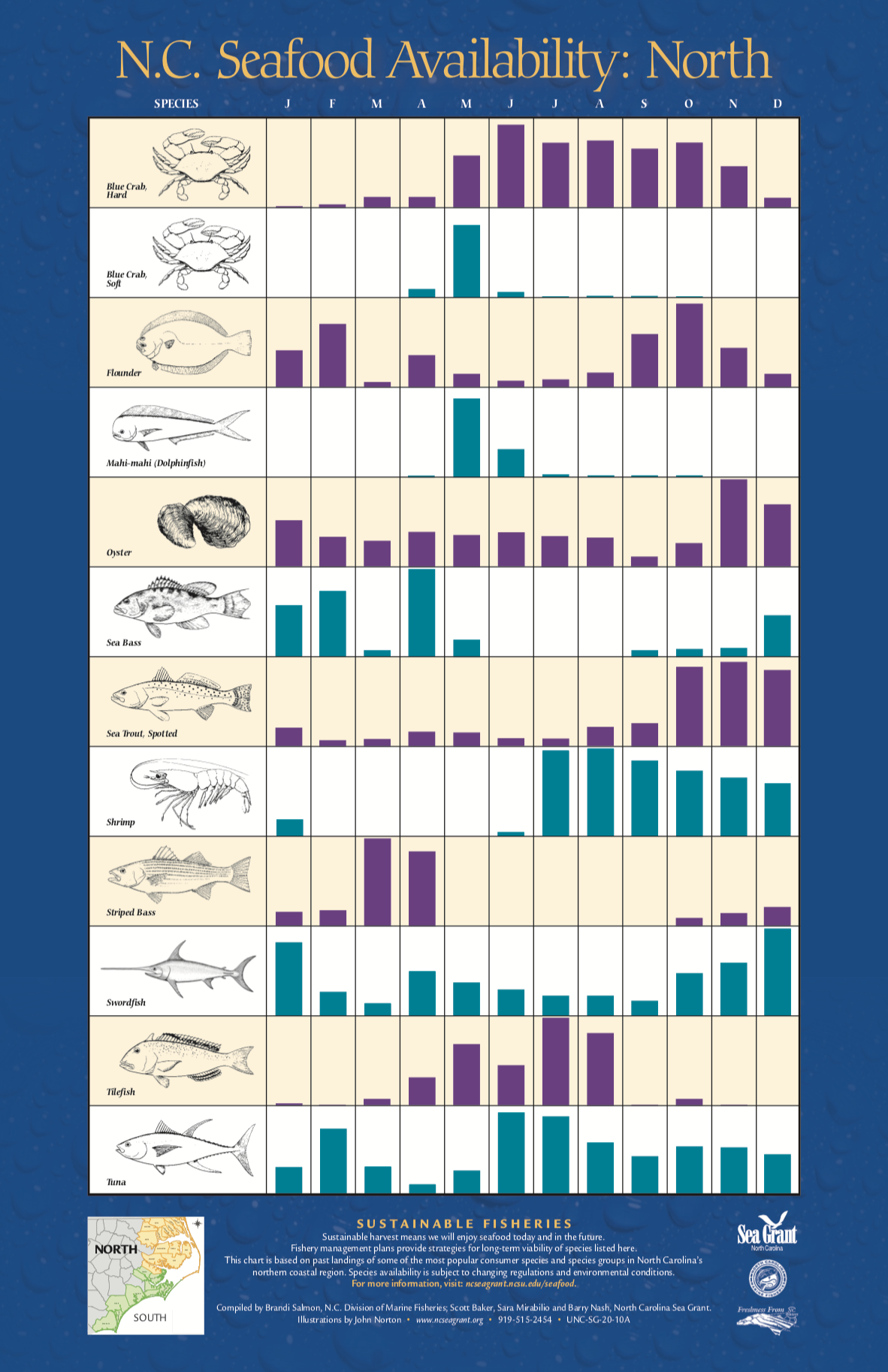
— Lauren D. Pharr
Posters Highlight Seafood Seasons
In collaboration with local and state partners, North Carolina Sea Grant is providing freshly updated N.C. Seafood Availability posters to help consumers make educated decisions about the seafood they purchase and enjoy from our state’s fishermen, retailers, markets, and restaurants.
Barry Nash, seafood technology and marketing specialist for North Carolina Sea Grant, says the two-sided posters are invaluable depictions of which species of fish are native to northern and southern N.C. waters — and when.
“Most people are familiar with clams, oysters, shrimp, or flounder but are less familiar with other finfish our industry harvests off the coast,” says Nash. “More importantly, most people do not know, given the state’s location on the East Coast, that our species are available only in certain seasons.”
Seasonal currents and temperatures mean different species occupy the state’s coastal region at different times of the year.
“The posters are great,” says John M. Aydlett, who leads the “Got to Be NC
Seafood” campaign for the N.C. Department of Agriculture and Consumer Services. “They help to educate consumers on what’s typically available from North Carolina’s waters in order to make a decision on what species to purchase and prepare.”
access the N.C. Seafood Availability posters
— Lauren D. Pharr & Dave Shaw
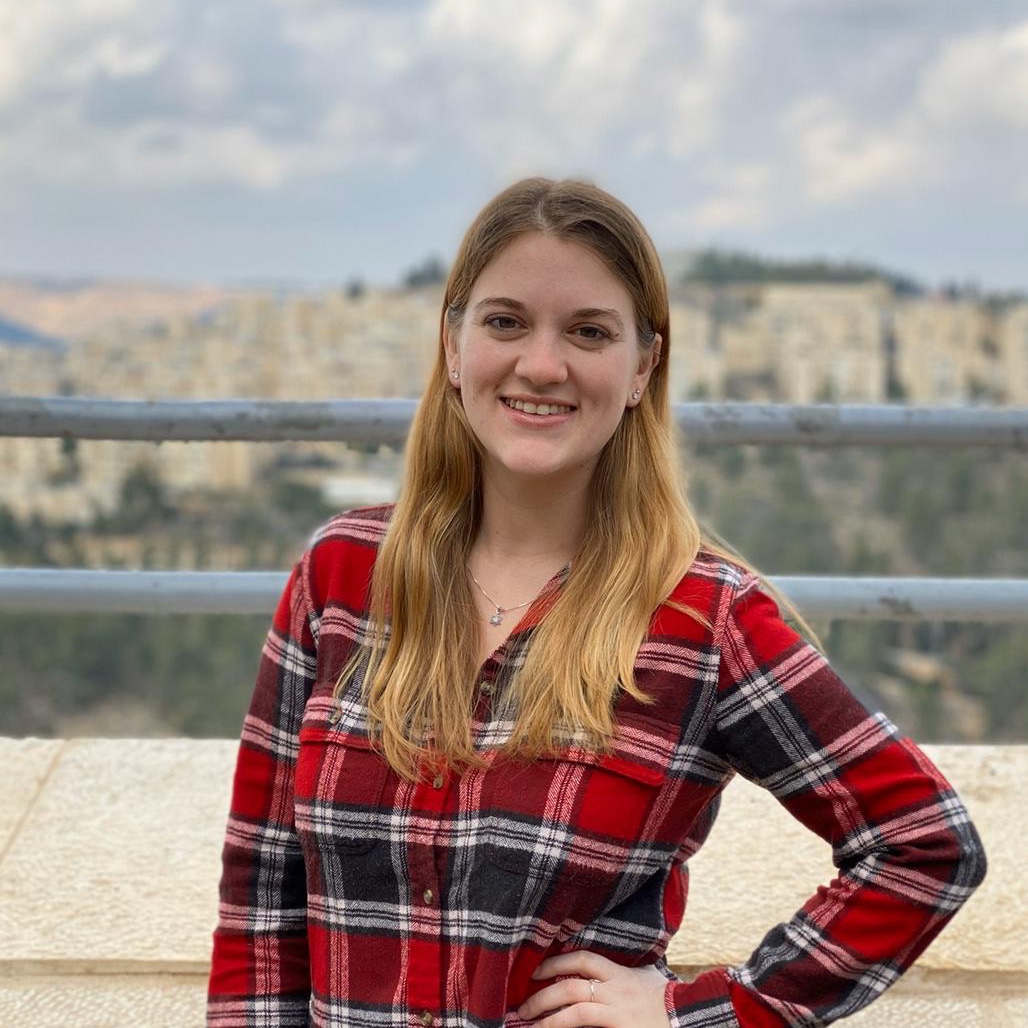
New Fellow Explores Seagrass Restoration
Stacy Trackenberg, a doctoral student at East Carolina University, will study seagrass restoration with support from the 2021 joint fellowship from North Carolina Sea Grant and the Albemarle-Pamlico National Estuary Partnership (APNEP).
“Stacy’s fellowship project will tie together existing resources with new approaches to best support seagrass community restoration efforts,” says John Fear, deputy director of North Carolina Sea Grant and the North Carolina Water Resources Research Institute.
The competitive fellowship, now in its fifth year, supports graduate students from institutions based in North Carolina who conduct applied research within the North Carolina portion of the APNEP region. That region covers most of the Albemarle- Pamlico watershed, including the Neuse, Tar-Pamlico, Pasquotank, Chowan, lower Roanoke, and parts of the White Oak river basins.
Trackenberg will study seagrass restoration in Back Sound in Carteret County by transplanting healthy, native seagrass from a donor bed. She says her research will reveal which fish use newly restored seagrass beds.
“I can also compare my previous observations of communities in natural beds with the communities found in these restored beds to see if they support similar communities,” Trackenberg says.
Trackenberg earned a bachelor’s in biology with a minor in marine science from the College of William and Mary in 2016.
— Lauren D. Pharr
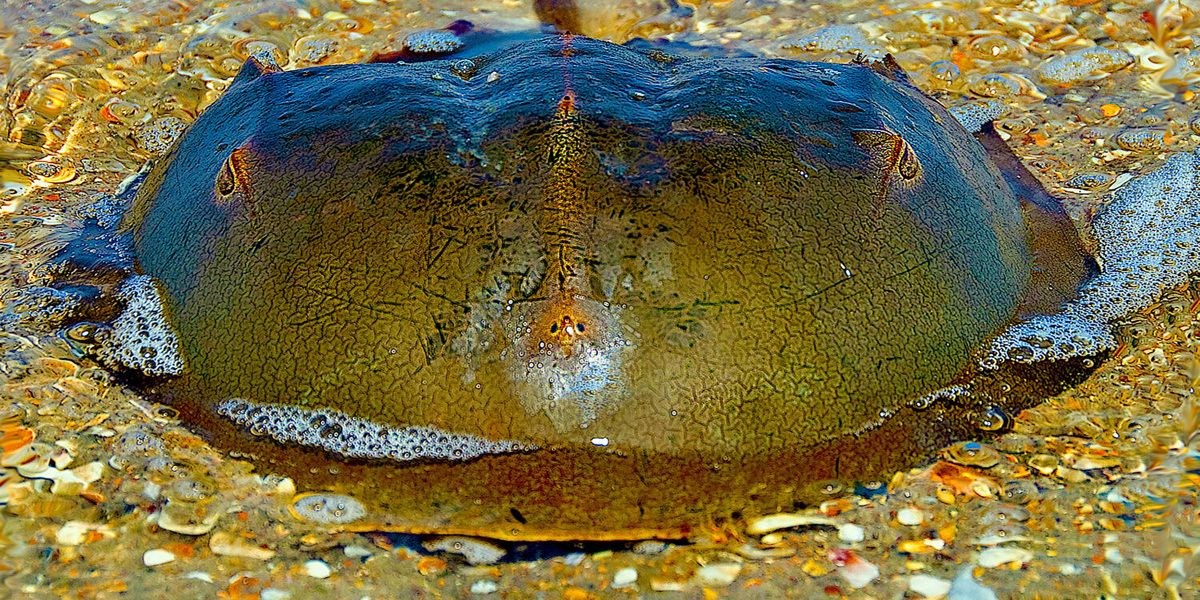
Coastwatch Provides Free Resources for Teachers
The new Coastwatch Classroom offers free online educational resources for teachers in grades 6 through 12.
Each edition of Coastwatch Classroom expands on select articles from the magazine through a series of guiding questions and a comprehensive list of related reading materials. Coastwatch Classroom also includes the relevant learning criteria under the North Carolina Standard Course of Study, as well as national Ocean Literacy Standards.
“We hope this new resource will open teachers’ and students’ eyes to the fascinating and important coastal research going on in their own state,” says Terri Kirby Hathaway, North Carolina Sea Grant’s marine education specialist, who developed Coastwatch Classroom. “I routinely hear from teachers how valuable free, trusted STEM educational materials are.”
The first installments of Coastwatch Classroom offer enhanced content for teachers about articles in the Autumn issue of the magazine. The inaugural edition explores how researchers are examining a way to sustainably harvest horseshoe crab blood for an important medical safety test. The second examines how citizen scientists can help monitor water quality.
more educational resources from North Carolina Sea Grant

— Katie Mosher & Allison Fisk
Civil Rights Trail Highlights NC Historical Sites
With the launch of the North Carolina Civil Rights Trail, visitors will have the opportunity to experience places where leaders and followers lived, learned, and took a stand for social justice. Potential sites stretch from locations in the western part of the state to counties along the coast.
“The national reckoning over systemic injustice heightens the relevance of our effort to develop the N.C. Civil Rights Trail,” said Angela Thorpe, director of the African American Heritage Commission, which is part of the N.C. Department of Natural and Cultural Resources. “Understanding what has come before will inspire and fuel the work ahead. We need to hear the voices and proclaim the victories that have brought us this far.”
The N.C. African American Heritage Commission is leading the initiative with funding from the William G. Pomeroy Foundation and with support from the International Civil Rights Center & Museum, Visit North Carolina, and the North Carolina Office of Archives & History.
Thorpe says the commission will work with communities around the 50 sites where trail markers will be placed, starting in early 2021. An interactive web portal will highlight these places and others to guide people to history and experiences from the past.
— adapted by Allison Fisk from a press release from the N.C. Department of Natural and Cultural Resources
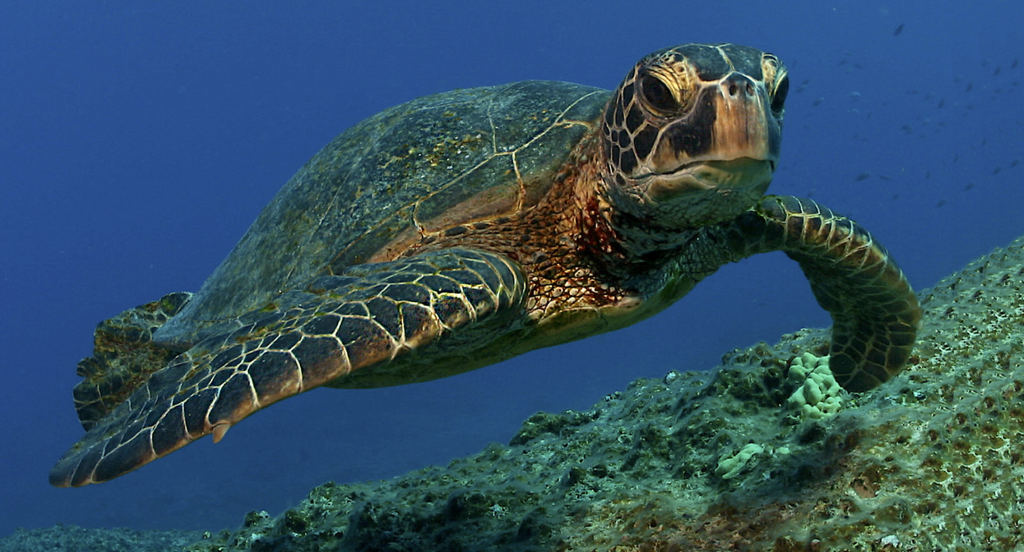
Deadline Nears for Coastal Research Grants
North Carolina Sea Grant is accepting preproposals until January 11 for projects that use applied research to address problems affecting coastal ecosystems, economies, and communities.
“This opportunity provides funding to tackle real-world problems,” says Susan White, executive director of North Carolina Sea Grant. “We welcome proposals from researchers with a diverse range of experiences and backgrounds, who will bring new strategies to consider coastal, marine, and watershed issues important to North Carolina.”
Proposed projects should reflect North Carolina Sea Grant’s multidisciplinary, integrated program of applied research, outreach, and education, and they should align with one or more primary focus areas: healthy coastal ecosystems, resilient communities and economies, sustainable fisheries and aquaculture, and environmental literacy and workforce development.
North Carolina Sea Grant strongly encourages proposals from faculty researchers at Historically Black Colleges and Universities, Minority Serving Institutions, and/or from traditionally underserved and underrepresented communities, as well as from faculty who can demonstrate how their work and related outreach will benefit underserved and underrepresented communities. Sea Grant also encourages multi-campus teams.
Additionally, North Carolina Sea Grant funds fellowships, community collaborations, pilot projects, and more.
— Allison Fisk & Dave Shaw
Sea Grant Offers Paid Summer Internships
The National Sea Grant Office’s Community Engaged Internships are available this summer for undergraduates who are from under-resourced, underrepresented, or indigenous and tribal populations.
From June to August, mentors will engage students interested in marine science. Interns will focus on place-based research, extension, education, or communication that respects and integrates local ways of knowing.
The internships will vary and include opportunities involving on-the-ground learning experiences that extend the knowledge of community stakeholders to address coastal or marine issues. Interns also will participate in professional development and training opportunities, peer discussions, and more activities.
The program encourages applicants from groups historically underrepresented in the sciences, including African American, American Indian or Alaska Native, Hispanic and Latino, female, first-generation college students, veterans, LGBTQ+, and students with disabilities. In addition, the program welcomes applications from students who have worked to overcome educational or economic disadvantages or who have personal or family circumstances that may complicate their career paths.
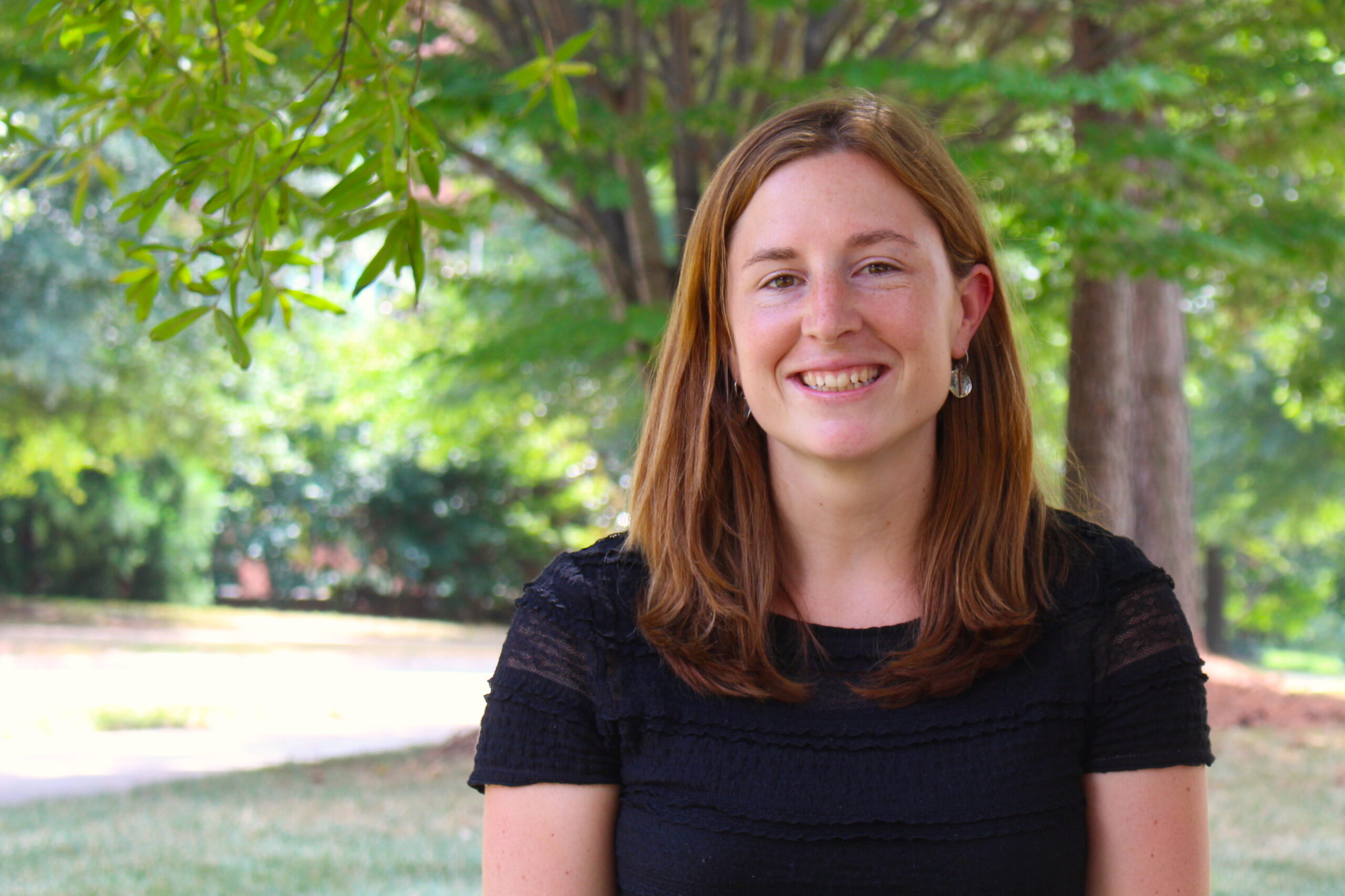
Eligible interns must be undergraduates at a 2-year or 4-year college or university. In North Carolina, applicants should contact North Carolina Sea Grant’s Jane Harrison for more information: jane_harrison@ncsu.edu.
— Dave Shaw
Harrison Earns National Accolades
Jane Harrison, North Carolina Sea Grant’s coastal economics specialist, received the Sea Grant Association President’s Award in October for leadership of the National Sea Grant Diversity, Equity, and Inclusion Visioning Team. Harrison shares the honor with Mona Behl, associate director of Georgia Sea Grant, and Sarah Kolesar, research and fellowship leader for Oregon Sea Grant.
Fredrika Moser, SGA president and director of Maryland Sea Grant, presented the award to Harrison, Behl, and Kolesar.
“They have been fearless in their pursuit of placing Sea Grant in a leadership position on advancing the ideas that a diverse, equal, inclusive, and just Sea Grant network is a stronger and more effective research, education, and outreach program,” said Moser, during the virtual ceremony.
Susan White, director of North Carolina Sea Grant and incoming president of the Sea Grant Association, notes the national committee’s accomplishments in crafting a 10-year DEI vision plan and establishing the Community Engaged Undergraduate Internship Program (above), which is available to students from underrepresented and indigenous communities nationwide.
“We celebrate Jane’s national role,” White says, “as well as her leadership on diversity topics within our program, on campus, and in the community.”
North Carolina Sea Grant’s Vision for Diversity, Equity, and Inclusion
— Katie Mosher & Allison Fisk
- Categories:
